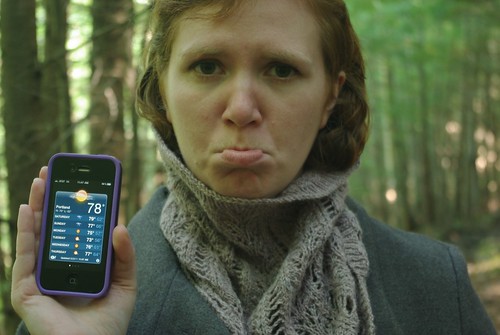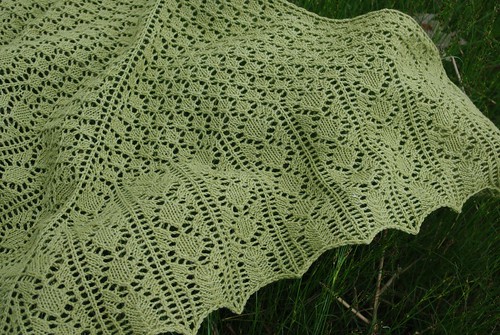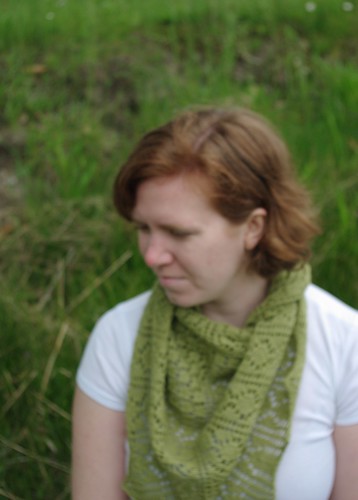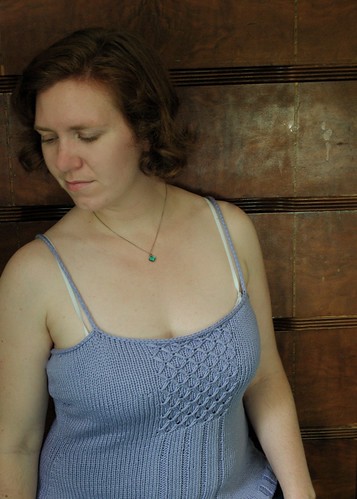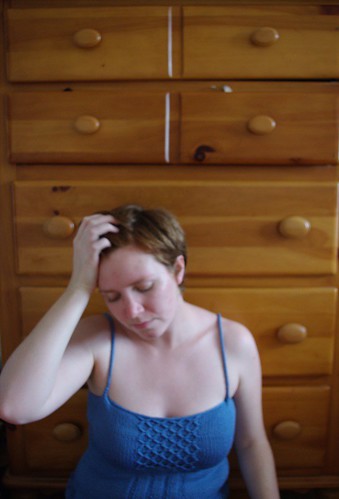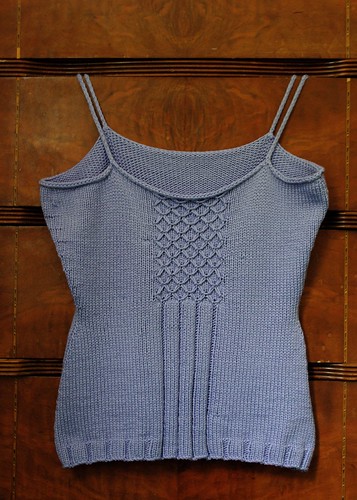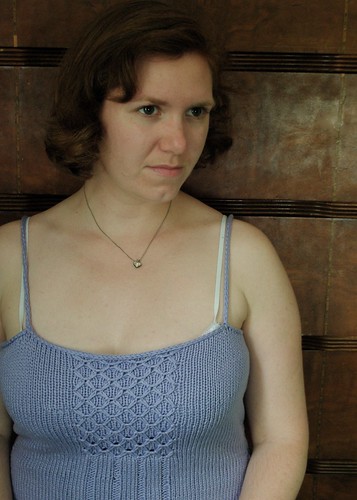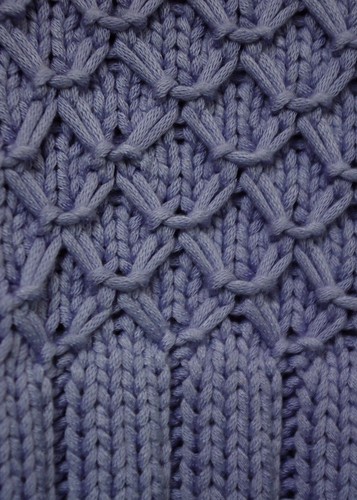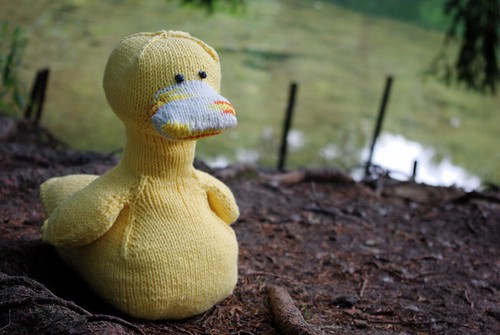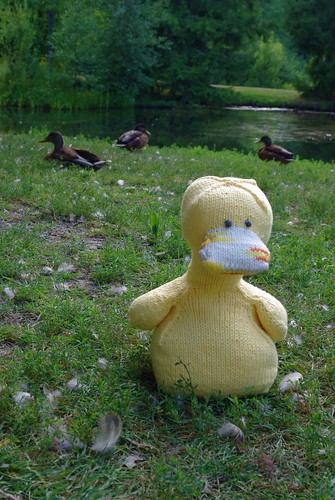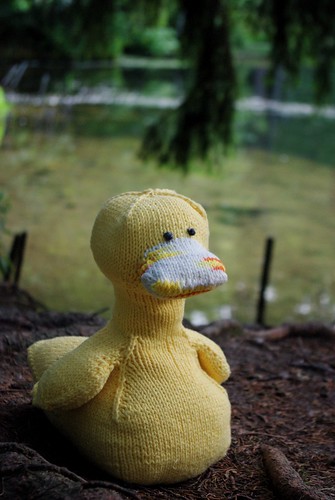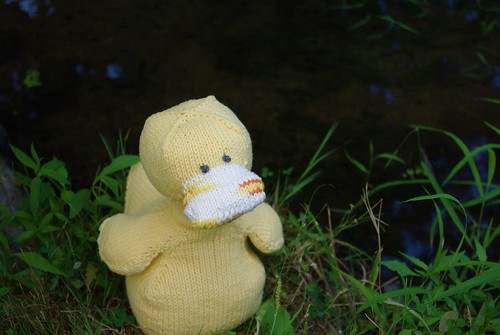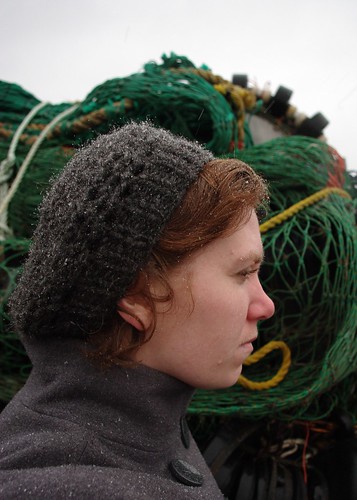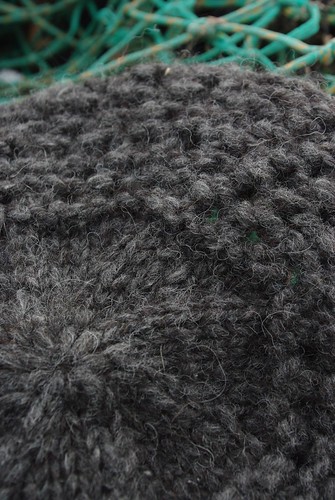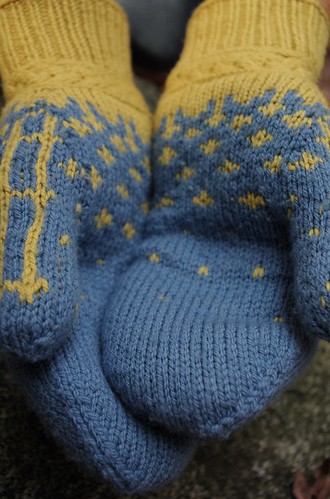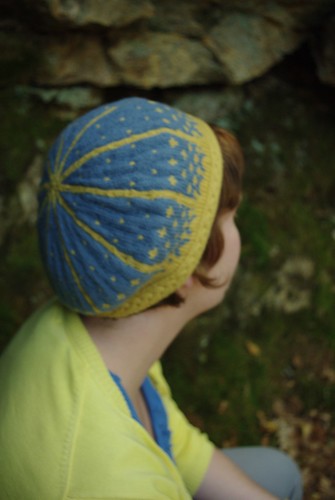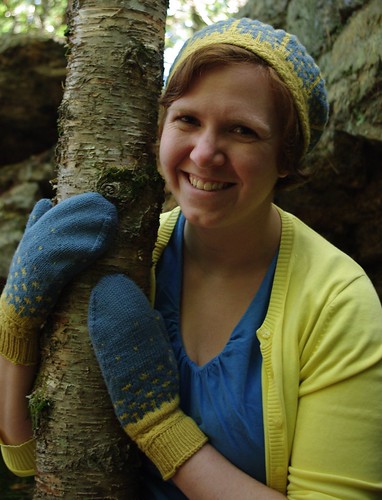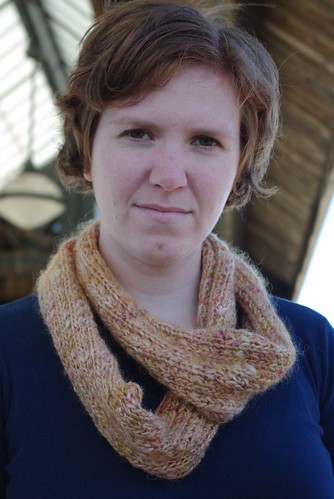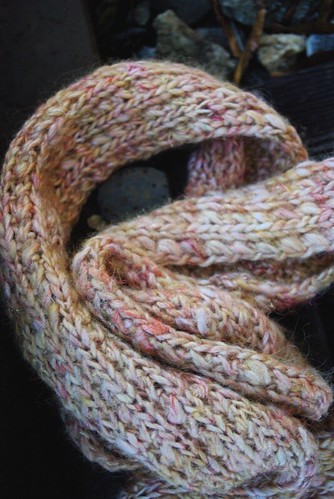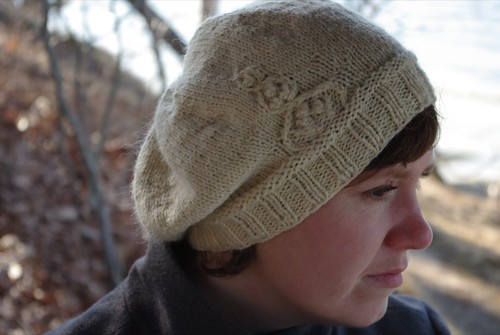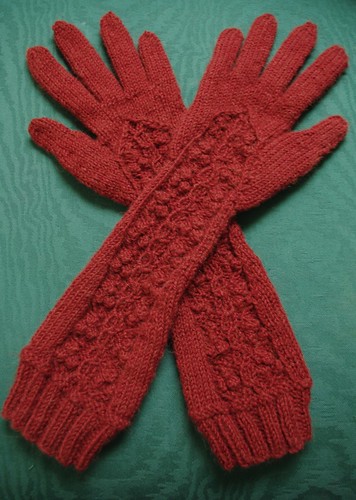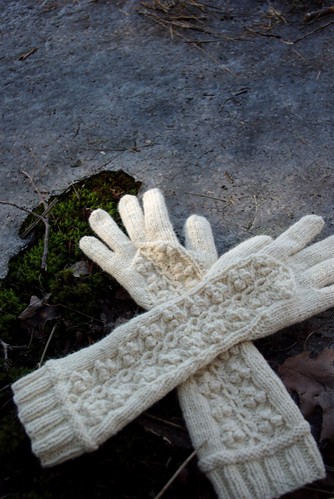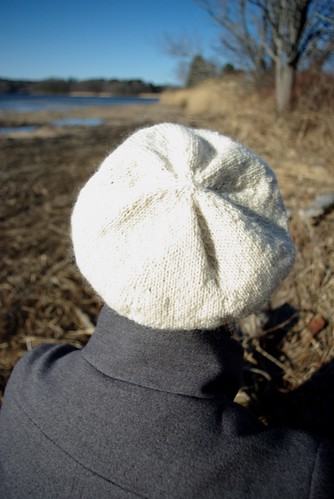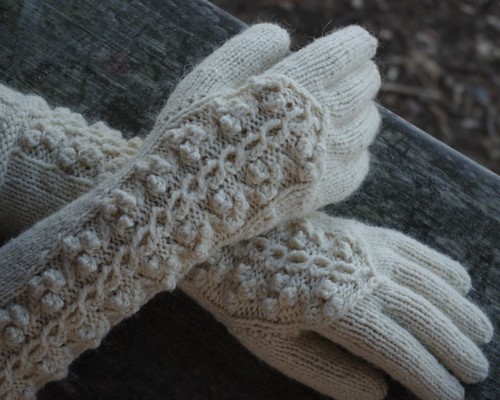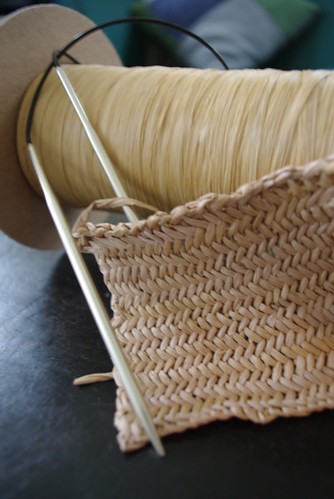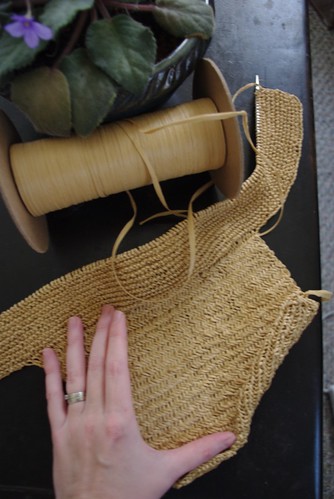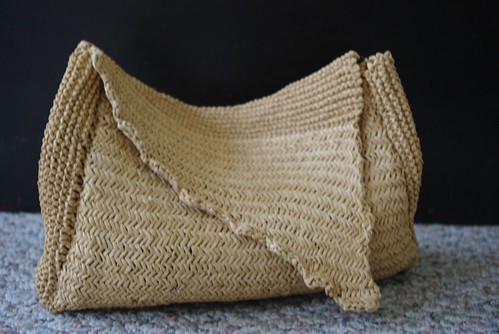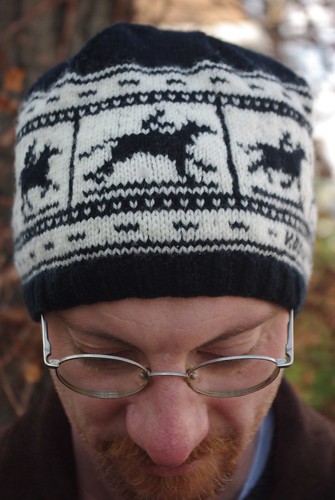
I had so much fun coming up with this pattern, though like most of my patterns its seems, it had a long time going from inspiration to release.
Shortly after I took up running* last year, I quickly learned that if I wanted to run in the cold I would need a good hat and being a knitter, I thought I could create an awesome running hat. I was in the midst of a colorwork binge and thought a running hat with a running motif would be fun, and then I remembered my history of photography class from college and Zoetrope was born.
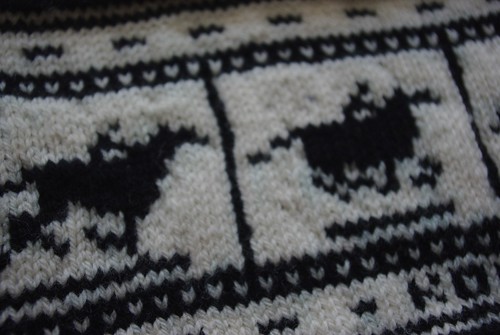
In that class, one of the photographers we learned about was Eadweard Muybridge, who in 1877 accidentally helped create the motion picture by winning a bet for a friend. The bet was whether or not all four of a horses hooves left the ground while in a full gallop, by utilizing a series of cameras, Muybridge proved that they did (wild times in 1877!). Muybridge also discovered that by placing the series of images on a spinning disc, when viewed though a single opening, the spinning image appeared to move. Like this!
History lesson aside, I took Muybridge's "Horse in Motion" images and converted them to a colorwork chart, which is framed within a filmstrip. Each of the horse panels are different, meaning that if you spun it fast enough and while looking through a slit, the horse would appear to be running. Or you could just look back up at the animated gif above.
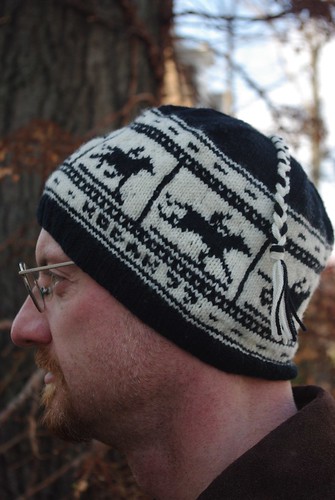
The hat is knit out of Quince & Co's DK-weight Chickadee in Egret (white) and Crow (black). One of my testers also successfully used a fingering weight yarn.
Zoetrope comes in three sizes: 17.5, 20.5, 23.5 inch/ 45, 52, 60 cm circumference, features an optional braided tassel, and, if I may say so, is a little addictive to knit, as once the horses start to appear, I just wanted to keep going.
Zoetrope is available for purchase for $5.00 USD
or you can queue it up on Ravelry.
*haven't really run since.


